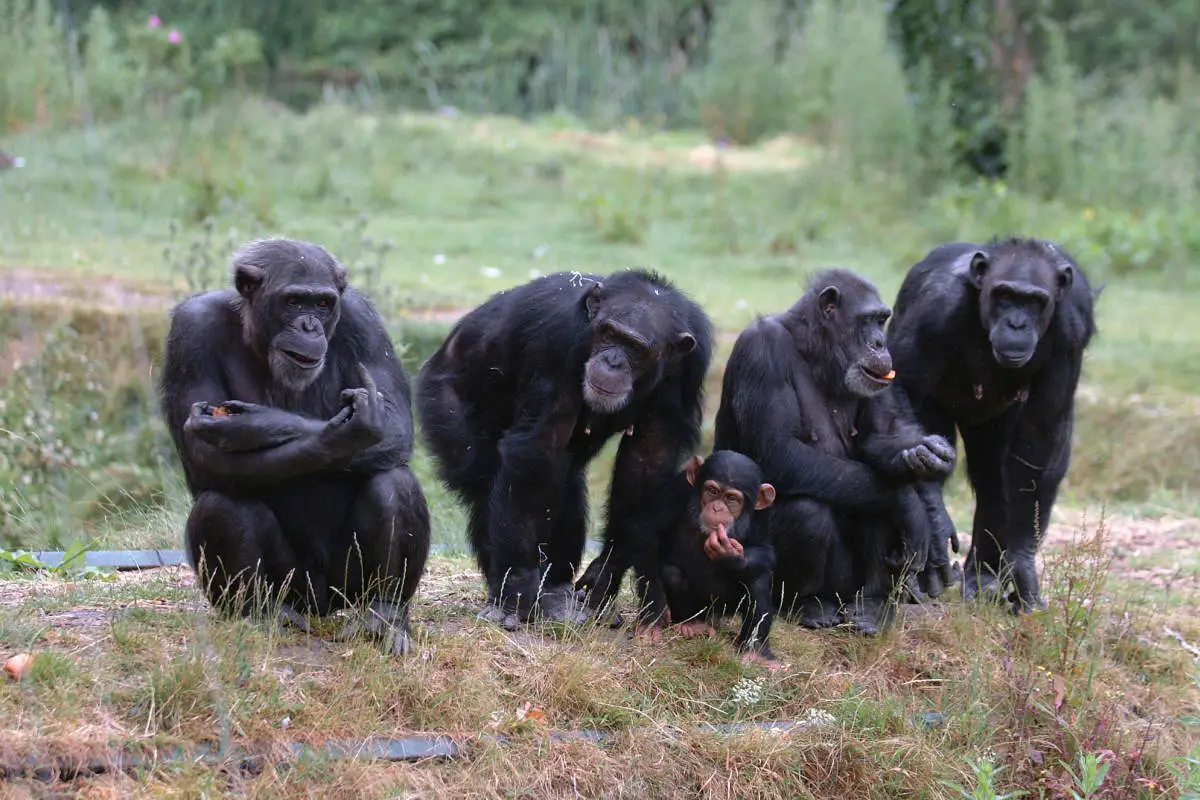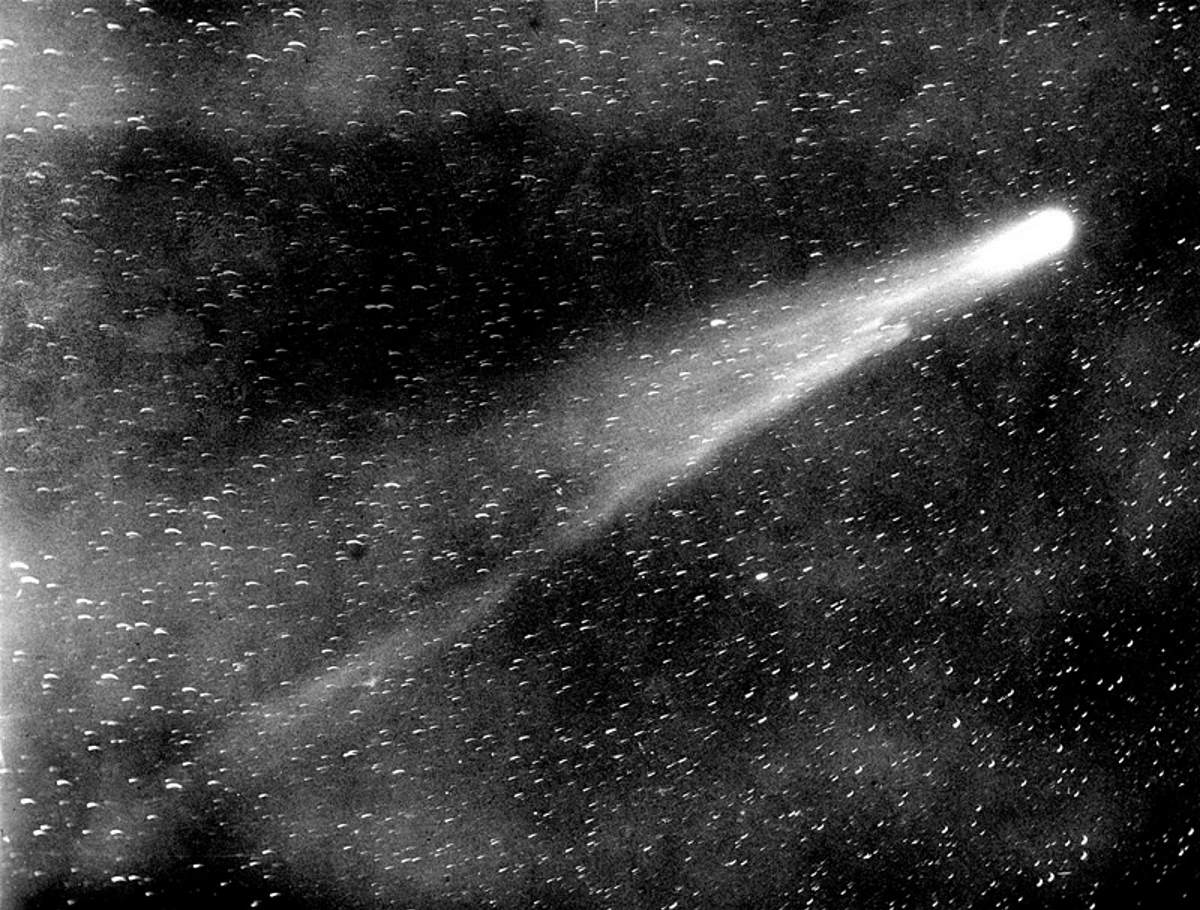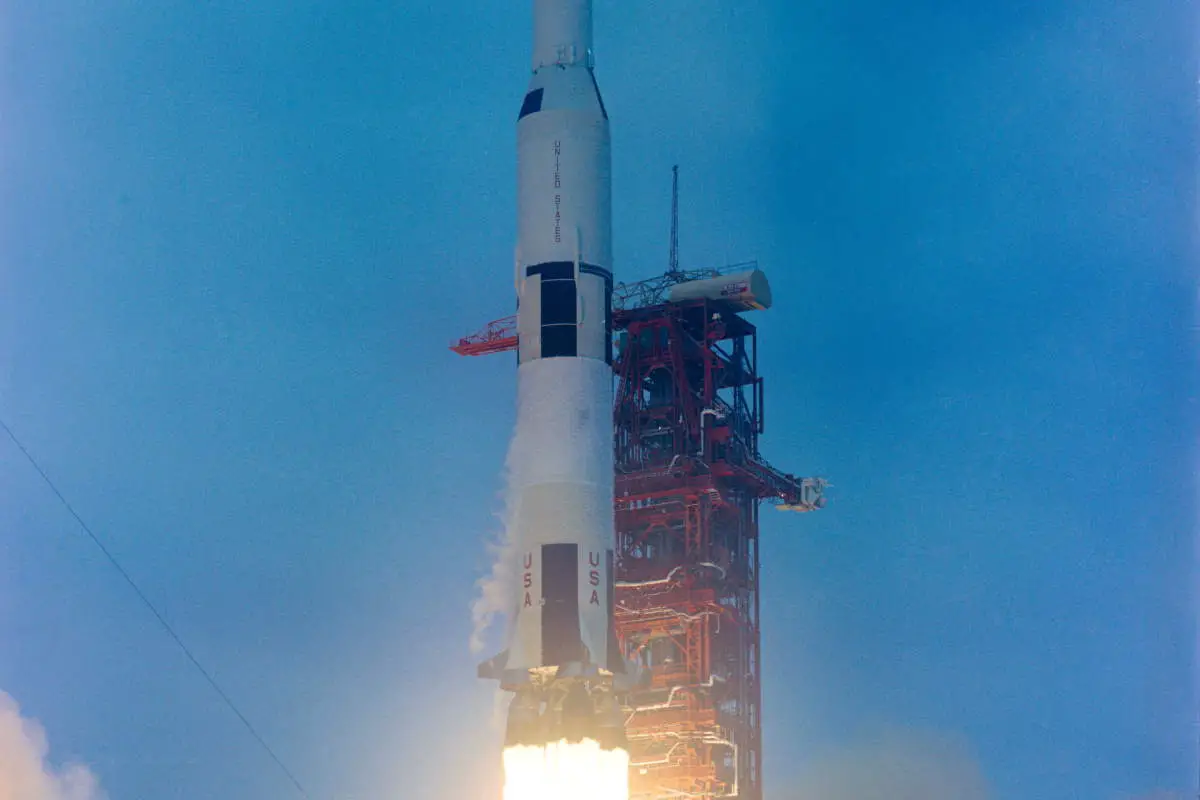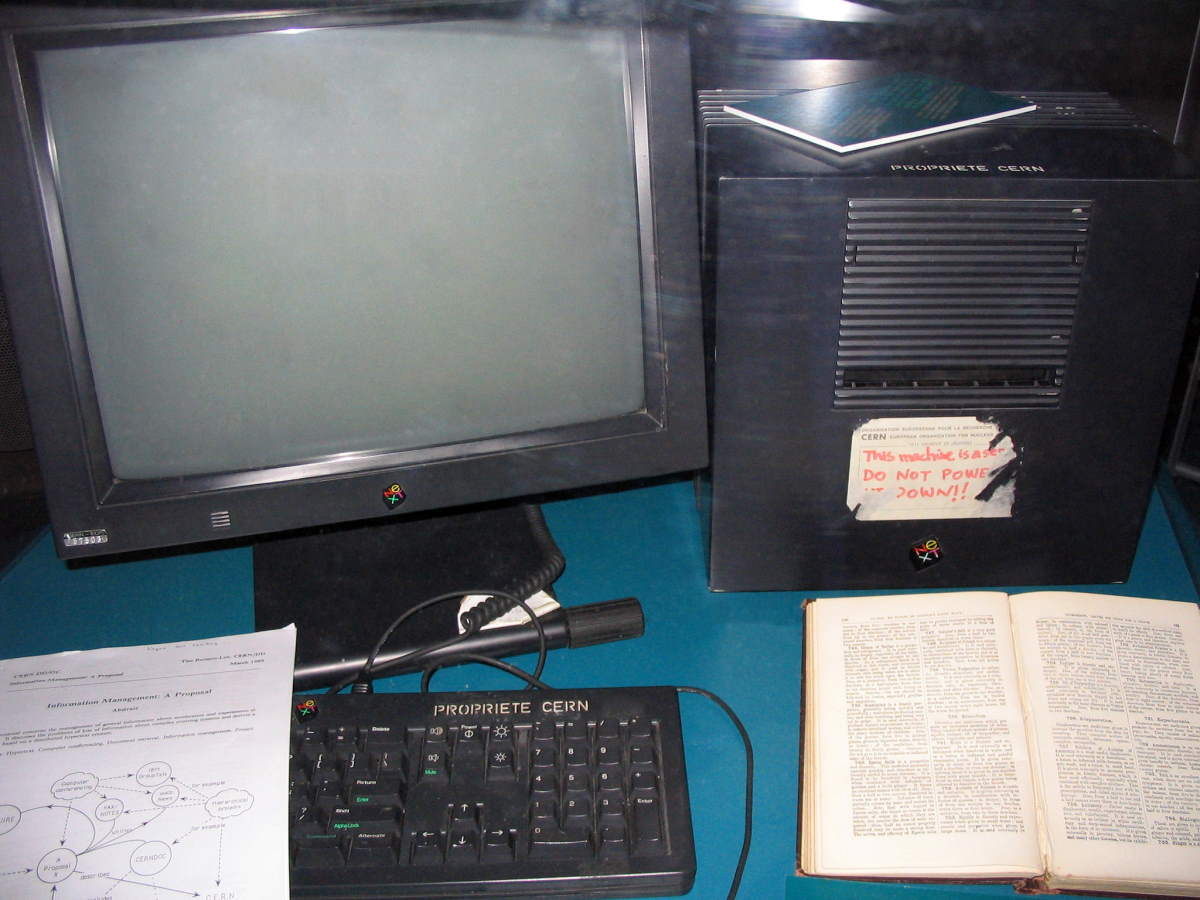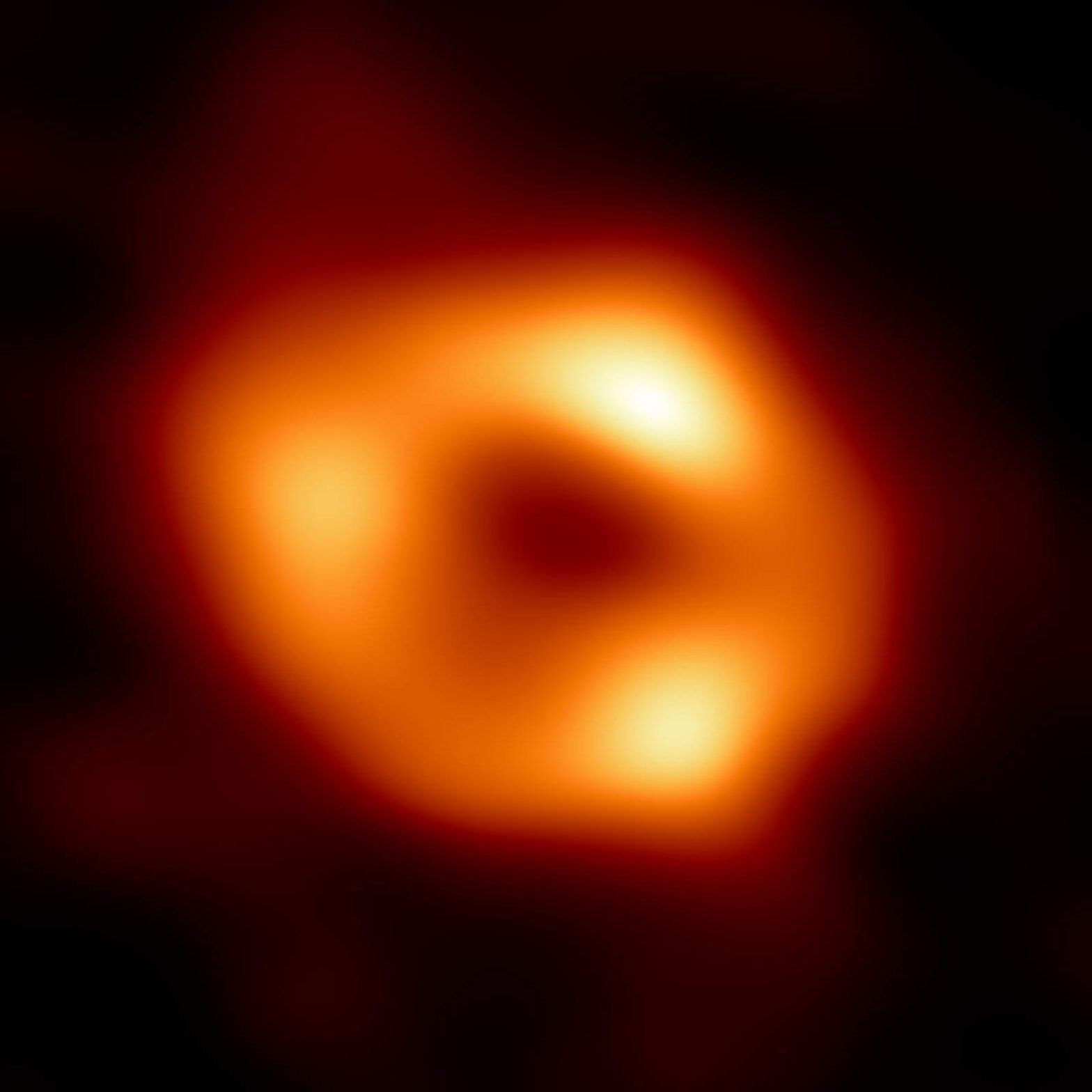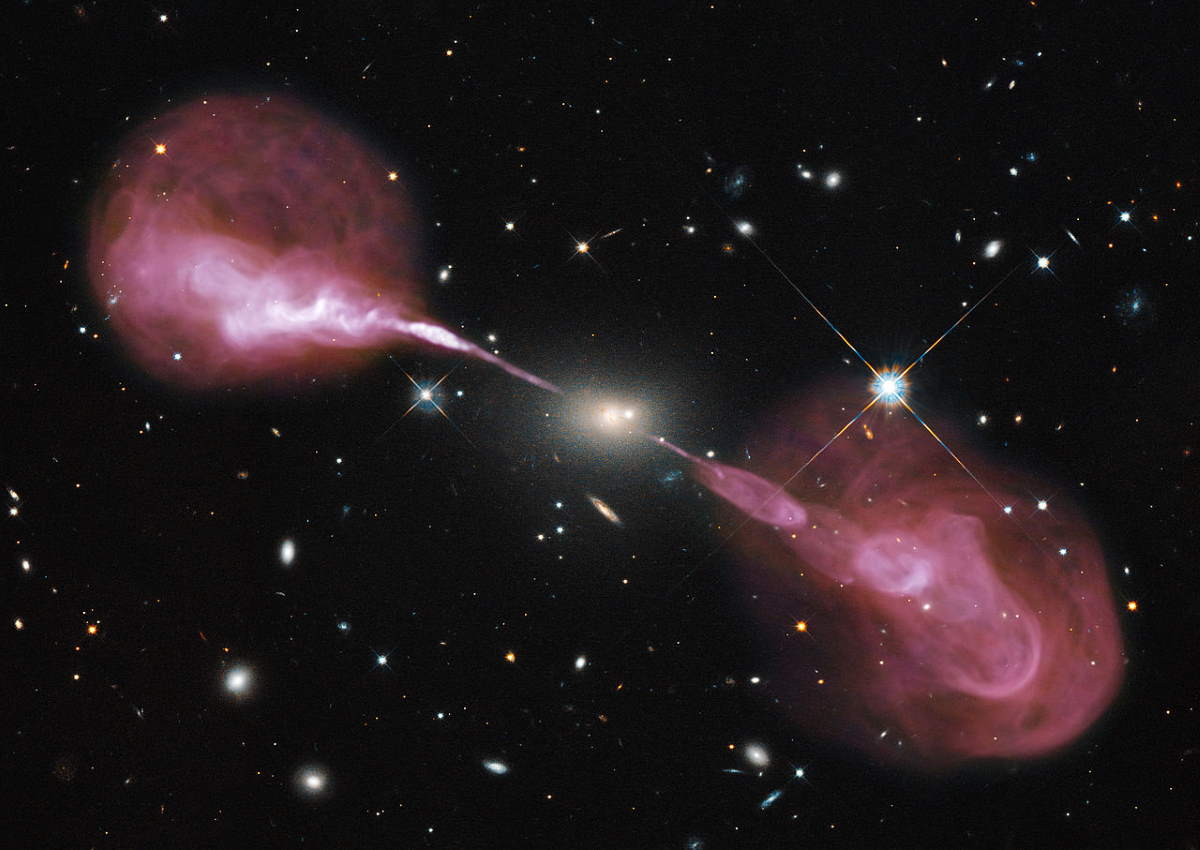Fluctuating temperatures are causing severe weather events. Greenhouse gases are the culprit, insulating the Earth and trapping heat in the atmosphere. What we do now to protect the planet is crucial, as many houses need updates to fight climate change.

